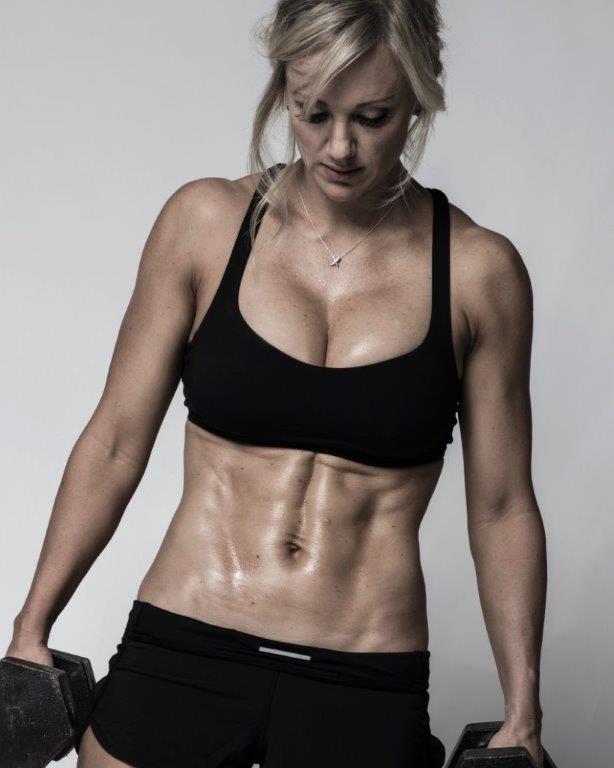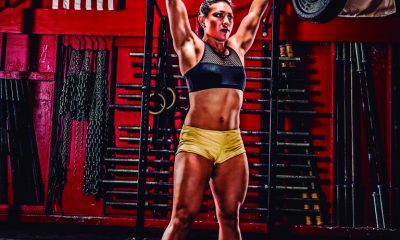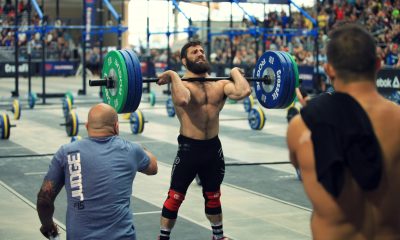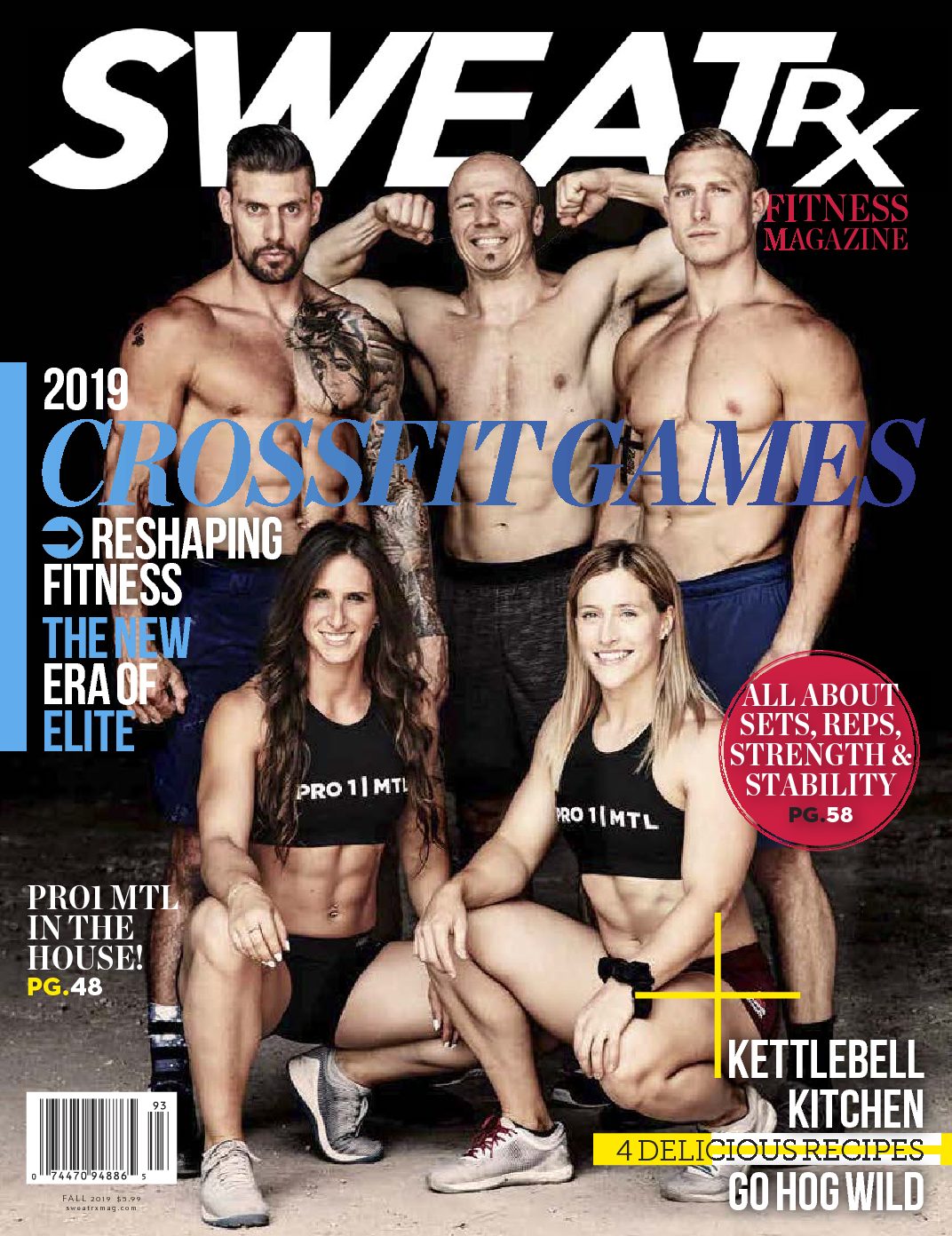Lifestyle
Say bye bye to your bodacious…CrossFit challenges stereotypes
Why Size Matters
CrossFit challenges stereotypes
Somewhere out there—right now—in a CrossFit box not-so-far-away is a woman considering the sport of fitness. As she listens wide-eyed to a box owner wax poetic about the amazing benefits of varied functional training done at high intensity, she may secretly be worrying, “But I don’t want to lose my breasts or ‘get big.’ Can you guarantee this won’t happen?”
The hard truth is that with increased fitness comes less body fat, more muscle, and as a result an increased chance that your breast size will shrink. Breast size is essentially determined by a combination of genetics and body fat percentage. In addition to connective tissue, blood vessels, lymph nodes, lobes, lobules, and milk ducts, breasts are composed largely of adipose tissue (fat tissue). This means as you change body composition and become more compact, so may your breasts. Now, chances are, the woman worrying about waning breast size isn’t yet absorbed in the “strong is sexy” CrossFit culture that treats torn, callused hands as a badge of honour and emphasizes the importance of a great front rack position above, well, a great rack. She probably doesn’t know how empowering it can feel to throw a loaded bar overhead using her own hard-earned strength and watch as it subsequently crashes to the ground.

Maybe she worries about losing breast size because she can’t see the big picture. Maybe once she feels empowered by her amazingly capable body, she won’t care if her breasts are voluptuous, average sized, or itty bitty. Then again, maybe not.Perhaps the simplest approach to dealing with this hot button topic is countering women’s worries by emphasizing training benefits, empowerment, and so on. But in truth, while justifying the feelings that can come with smaller breast size—including but not limited to feelings of inadequacy, self-consciousness, and lost femininity—understanding the vast physical and mental health benefits of CrossFit is well and good for some, but for many it still doesn’t quell the anxiety.
Let’s take for instance the seasoned CrossFitter who knows very well the satisfaction that comes with a new muscle-up PR, yet deep down still can’t shake her anxiety about small breasts. CrossFit message boards, social media posts, and online articles are proof this can be a bothersome issue for even the healthiest, fittest, and most educated women out there. But why?
When you’re engrossed in CrossFit, you eat, sleep, and breathe it. The box is a safe place—a place where both inner and outer strength are nurtured. It’s a safe haven for all of us masochistic fitness junkies regardless of gender, colour, sexual orientation, or religion. But what about when you pop your head back into the “real world?” We all have lives outside of the box, whether it’s at the office or an extended family gathering, where we might be the only one who has drunk the CrossFit Kool-Aid.
In these environments it can become more noticeable how women are subjected to (and may internalize and project) stereotypes. People gasp when you tell them what you did at the gym that day; the idea of a woman throwing up a bodyweight bench press for reps because she loves to feel strong is still more shocking than a woman who does an hour on the elliptical because she wants to get skinny, not “big.”
With messages such as these bombarding CrossFit women as soon as they leave the box, it’s easy to see why feelings of inadequacy can still occasionally worm their way into the mind of even the most bad-ass female CrossFitter now and then. Gender stereotypes are still very much alive and well in our mainstream society, but the CrossFit woman’s “strong” mentality is persistently chipping away at them. Change is happening, however slow it may be. By constantly reinforcing with photo or video evidence that women lifting weights and doing pull-ups are, in fact, worthy of a spot on the sliding scale of femininity, we are changing the culture we live in.
Perhaps acceptance of all female body types, shapes, and sizes as feminine is not far off. CrossFit women, as well as the men who support them, are forging the path.






















